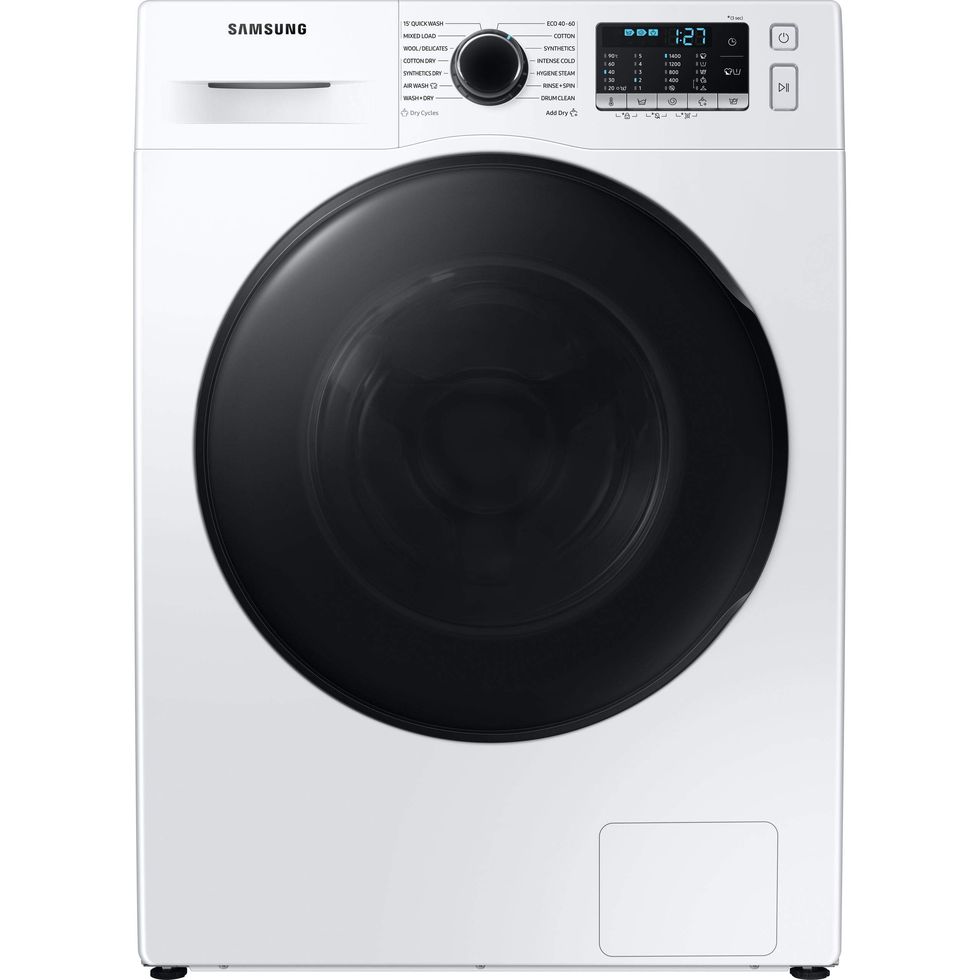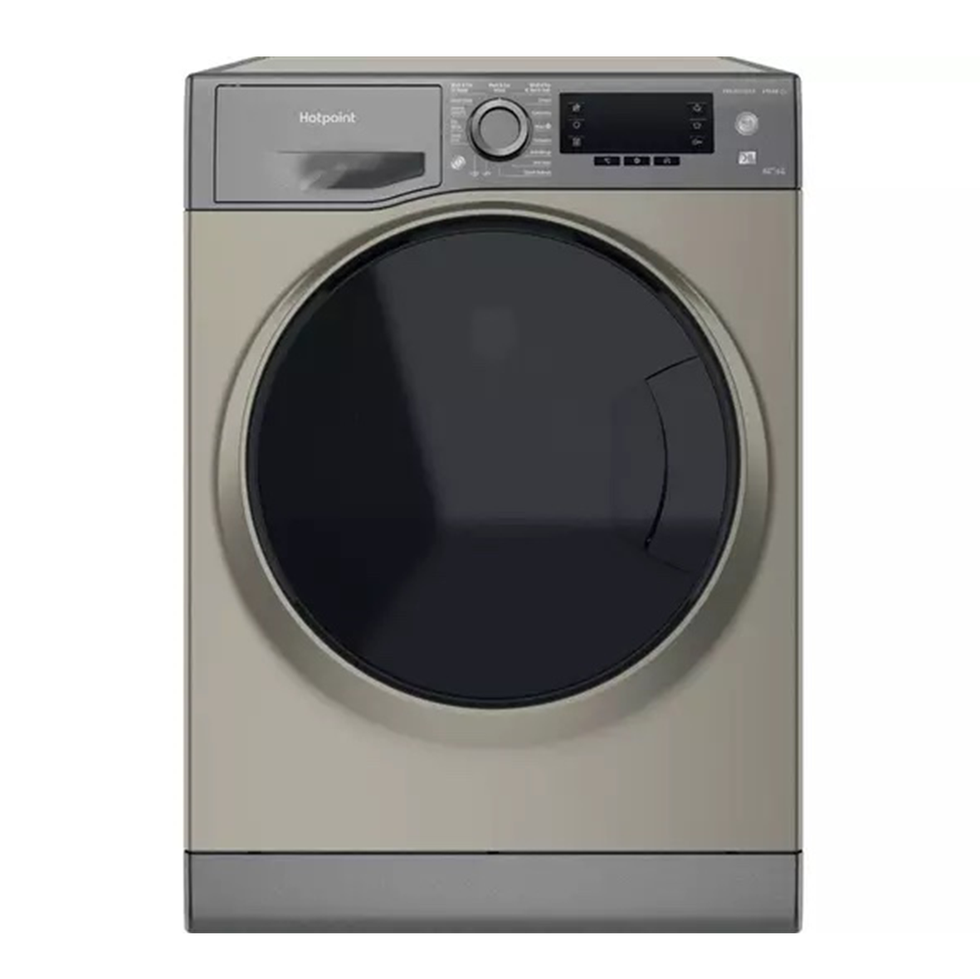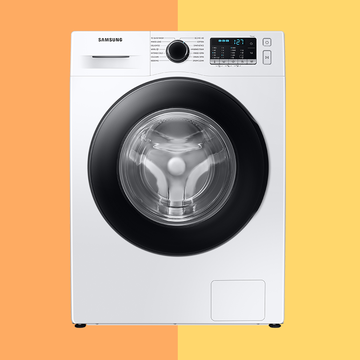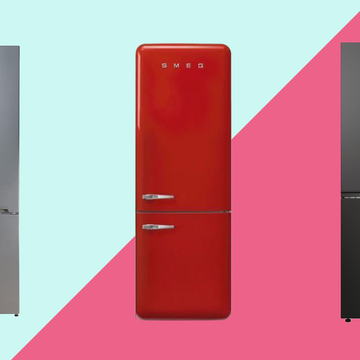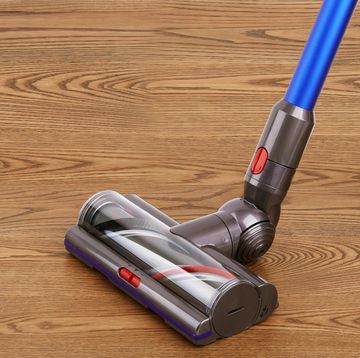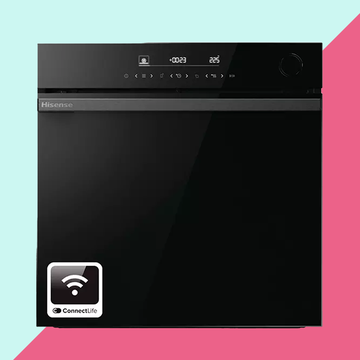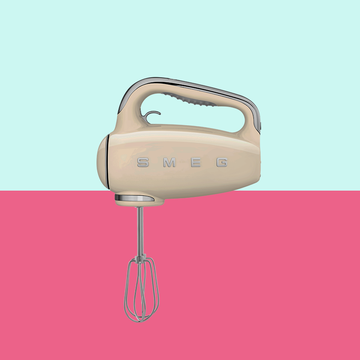We earn a commission for products purchased through some links in this article.
7 best washer dryers for easy, all-in-one laundry
Short on space or looking for an upgrade? Our expert guide to choosing the best washer-dryer for you
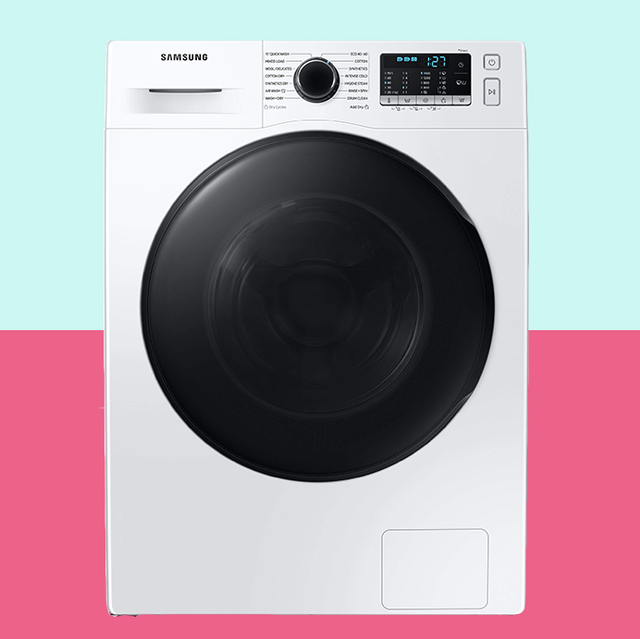
Let’s face it, buying the best washing machine and best tumble dryer is expensive. Invest in our two current top-rated models, and it will set you back over £2,300. Plus, both home appliances are bulky, so it's not always easy to find space for them.
While a good washing machine is undoubtedly essential, you can turn to the best heated clothes airers and dehumidifiers to help speed up laundry drying times. But, there are some tasks – like drying fluffy towels – that tumble dryers are just better at and having a combined washer dryer means you won't have to sacrifice either appliance. They're also space saving and more budget-friendly.
But which models deliver on performance, no matter the task? The Good Housekeeping Institute has done the legwork for you, washing and drying hundreds of kilos of laundry to find the best washer dryers for your home.
What's the best washer dryer to buy in 2025?
You'll find our full reviews below but these are our experts' top-rated models for every need at a glance.
- Best washer dryer overall and best value: LG TurboWash FWY385WWLN1 8 kg Washer Dryer
- Best space saving washer dryer: LG WT1210BBTN1 WashTower Washer Dryer
- Best for ease of use: Beko Pro B5D58544UW Bluetooth 8 kg Washer Dryer
What is a washer dryer and how do they work?
Going back to basics, a washer dryer does exactly what it says on the tin – it washes and then dries your laundry without any manual intervention.
The ‘washer’ part works like any standard washing machine. Once loaded, the drum fills with water, mixing with detergent and soaking your laundry. The drum then moves around via an agitator. Eventually, it drains and refills with water to rinse out the detergent, before draining away all the water and running a spin cycle to remove any excess water.
The ‘dryer’ part works in a similar way to a heat-pump tumble dryer, reheating air that's sucked out of the laundry. Then, it’s cooled so that it condenses into water, which is drained away.
Are washer-dryers any good?
If you’re torn about whether a washer dryer is right for your home, here are the pros and cons of this two-in-one appliance at a glance.
Pros:
- Space-saving
- Cheaper than two separate appliances
- Convenient
Take note:
- Less effective at drying than a regular tumble dryer with a smaller capacity and longer drying times
- You can't wash one load while another is drying
Things to consider when buying a washer-dryer
If you've decided a washer dryer is right for you, then it’s time to think about the features you’d like. Here’s what our experts recommend looking out for.
- Freestanding vs integrated: This will come down to the space available in your home. Freestanding machines offer more flexibility in terms of where they go, fitting into any appropriately sized space. Integrated machines are installed within a kitchen unit and hidden behind a door, matching your other cupboards.
- Energy rating: All machines are categorised from A to G to reflect their energy efficiency – A is the most economical. While the latest models with sensors are better than older ones as they adjust things like water levels and duration to match the weight of the loaded laundry, running costs still depend on how long it's washing and drying for, and how hard it has to work.
- Washing capacity and drying capacity: Surprisingly, these capacities differ. Many washer dryers can only dry half (at most) of their washing capacity, meaning you need to remove some laundry before starting the drying cycle.
- Spin speed: Most washer dryers on our list have a spin speed of 1400rpm (denoting the number of times they spin in a minute). This is similar to our best washing machines; however, some reach 1600rpm. Machines with adjustable spin speeds are good for giving you more control over your laundry, too.
- Combination programme duration: Some programmes combine washing and drying, so you don’t need to alter the settings once you’ve popped your laundry in the machine. These can be lengthy though – on test, combined cycles varied from a super-speedy four hours to almost nine and a half hours. See if the manufacturer details average times before you buy.
- Volume: If your washer dryer is likely to run a lot during the day, it's worth looking for a quiet model.
Are washer-dryers as effective as separate washing machines and tumble dryers?
In short, no. But that doesn’t mean you should write them off immediately.
At the Good Housekeeping Institute, the washing performance of washer dryers tends to rival that of stand-alone machines. It’s the drying performance where they start to diverge. This is because the washing capacity is much larger than the drying capacity with 2-in-1 machines, and clothing dries better when it has more room to move around.
This means if you’re drying occasional items, a washer dryer should still serve you well. You just need to be careful about how you do your laundry – these are our expert tips.
- Don’t overload the drum – leave enough room for air to circulate around your clothing
- Take out any items that don’t need to go in the dryer – some synthetics air-dry quickly or can be placed on a heated clothes airer to speed up the process
- Separate fabrics before drying – check the care labels to make sure everything is being dried at the correct temperature as this reduces drying times and saves energy
- Shaking out clothing and sheets before starting the drying cycle helps it to dry faster, as clumped-together fabrics take longer to dry
How we test washer-dryers
First up, our experts test each machine’s washing capabilities by running quick 30C and 40C cycles full of bedding and towels. Our thorough tests analyse spin efficiency, water usage, common stain removal (everything from mud to blood) and creasing. They measure the length of programme cycles and the drum capacity, too.
Then it’s onto the drying cycles. Our testers try out the cotton and synthetic programmes, but before they begin, they weigh their wet sheets, towels and shirts. Then they hit ‘Start’, noting down any duration claims and setting their own timer concurrently so they can tell if the machine is accurate.
Once the cycle has finished, testers weigh the dried laundry again to work out how much water has been removed. They also assess whether the laundry feels damp, if there are any specific wet patches, how creased shirts are and if the load is tangled.
When testing cotton drying, our experts also include a shrinkage square in the load. This is measured before and after to work out how much shrinkage, if any, has occurred while drying.
They also try a combined washing and drying cycle, and every test is carried out at least twice to check for any variations. If the machine's WiFi compatible, they look at how simple its smart functions are to set up and use too.
And as with all our tests, our experts assess ease of use and design throughout use.
When we test, we also measure how much energy each product consumes. Using these figures, we then work out how much it would cost to run a fully loaded washer-dryer cycle based on the current energy price cap of 27.30 per kWh.
Megan is the Good Housekeeping Institute’s senior homes and lifestyle writer. She loves diving into the latest product releases to find the very best buys on the market and has written hundreds of product reviews on everything from the best vacuum cleaners and coffee machines to the best ice cream makers and robot window cleaners.
When she’s not writing about the newest gadgets and gizmos for your home and garden, you’ll find her running every distance from 5km to 100km or relaxing at home with her cat – there really is no in between.
Megan has an MA in Magazine Journalism and has previously written for Stylist, Glamour, Women's Health, TimeOut, SquareMeal, and YOU magazine. You can find Megan on Instagram @meganlouisegeall.
Blossom is passionate about finding the best home products and appliances for GH readers. As head of the homes testing team, she has led reviews across multiple categories, from pizza ovens, and smart plugs to portable fans and hobs. She enjoys delving into the intricacies of products and refining testing protocols to ensure we’re testing them against their claims. Her aim is to find the top-performing products on the market, to help take the hard work out of housework. Blossom’s most notable accomplishment in the lab has been toasting 528 slices of bread in her quest to find the best toasters money can buy. In her free time, she openly admits to being a music geek and indulges her creative side through crocheting, baking, singing and writing.


13 best bread makers for delicious home bakes

Our best value slow cooker is just £40 right now!
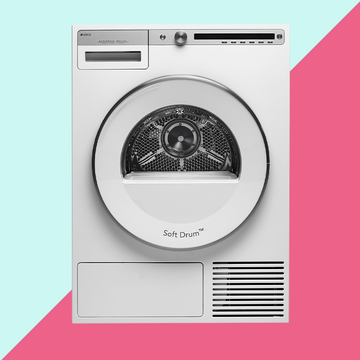
The best tumble dryers for 2025

9 best dishwashers for spotless crockery





